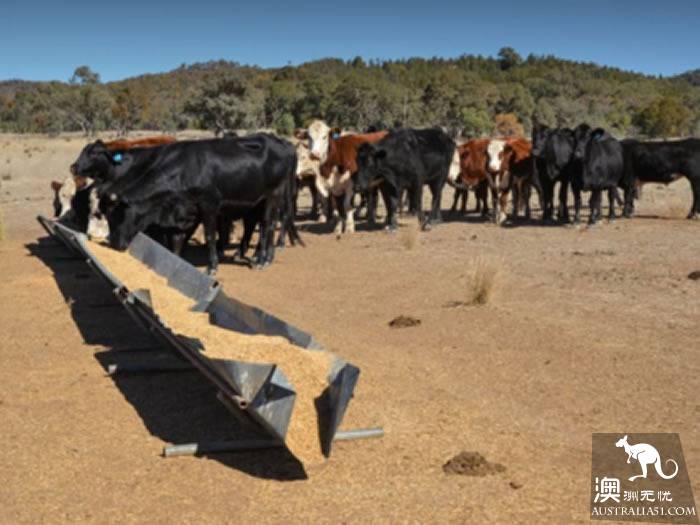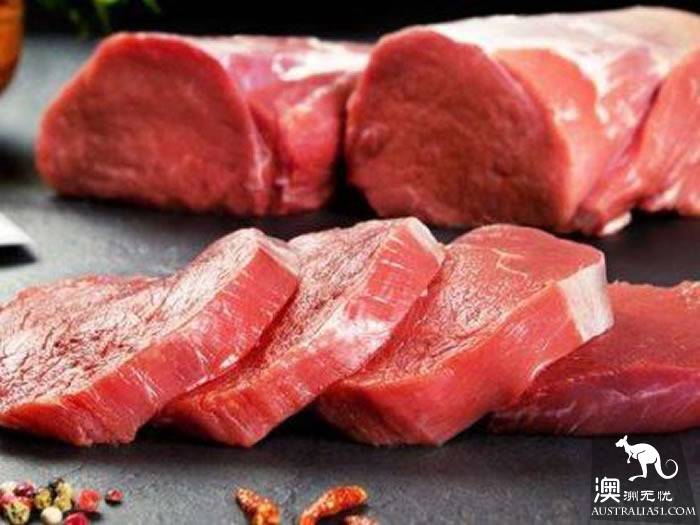
Farmers in much of eastern Australia are likely to suffer from the growing drought, but contrary to intuition, urban consumers are benefiting from falling meat prices, particularly beef.
Angus Harris, co-chief executive of Harris Farm Markets, said beef prices had fallen 20 to 30 percent over the past year as farms in sub-developed regions such as the Midwest of New prefecture quickly moved to stock.
Meat consumers will eventually feel the effects of drought, and it is likely that the weather will start to deteriorate and prices may soar.
Meat consumers will eventually feel the effects of drought, probably at a time when the weather is beginning to wreak havoc and prices soar.
"when [cattle farmers] see the rain, they will immediately stop putting livestock on the market," Harris told Fairfax Media.

Australia's wide variety of planting areas, seasonal crops and interactions with international markets are likely to play a moderating role in reducing the impact of farms on supermarket retail prices.
For example, when avocado encounters a "bumper harvest year" (mainly from Western Australia), it means it will become "very cheap," Harris said.
Proper rainfall in the south will also help mitigate any price changes. Volatility in the prices of some agricultural products may also be overshadowed by the enormous role played by stock refrigeration.
Professor Richard Eckard of the first Industry Climate Challenge Center at the University of Melbourne said: "I expect that we will not see [the impact of drought on horticultural products] in six months. This system has a reasonable buffer. "
Bananas, for example, usually take 5 to 10 weeks to harvest and mature before sale. Apple was picked in 8-12 weeks and sold within a year. In February and March, Apple's prices fell sharply, he said.
Mutton prices are generally close to record highs, according to Angus Gidley-Baird, senior animal protein analyst at Rabobank (Rabobank), which is unusual during the drought, in part because, Overseas buyers are rapidly digesting the excess supply that farmers are forced to sell.
In the new state, the price of each lamb is about 300 yuan, he said, "quite amazing." It is frustrating for farmers to be unable to increase their yields because of the drought.
Although livestock prices have fallen-from 7 to 5 yuan a kilogram in recent months-returns are still relatively high, he said.
"Farmers tend to keep as much food as they can afford when feed costs are very high," Gidley-Baird said.
In fact, rising feed costs and their impact on food supplies are the main ways many consumers notice the drought.
Cheryl Kalisch-Gordon, a senior grain expert at Rabobank, said wheat and barley prices were "at their highest levels in years", at more than 400 yuan a tonne.
"the East Coast market has been largely influenced by feed over the past 12 months," she said.
"now we see that the feed shortage is pushing up the price," she said. "this is the main reason for the rise in meat prices."

Because the cost of wheat in a loaf of bread is only a small fraction-only 10 per cent of the $3.5 or so is wheat, which means that bakery prices may not go up too much because of the drought.
The damage to crops, however, can be enormous. Rabobank now expects wheat production in Kunzhou, New and Victoria to reach 6.5 million tons this year, down from the average of about 11 million tons in previous years. In 2016-17, wheat production once reached about 18 million tons.
"given the low inventory and high demand, it is expected that [wheat] prices will remain high until 2019," Kalisch-Gordon said.
Analysts said milk prices are unlikely to change significantly and are often determined by New Zealand or other large exporters.